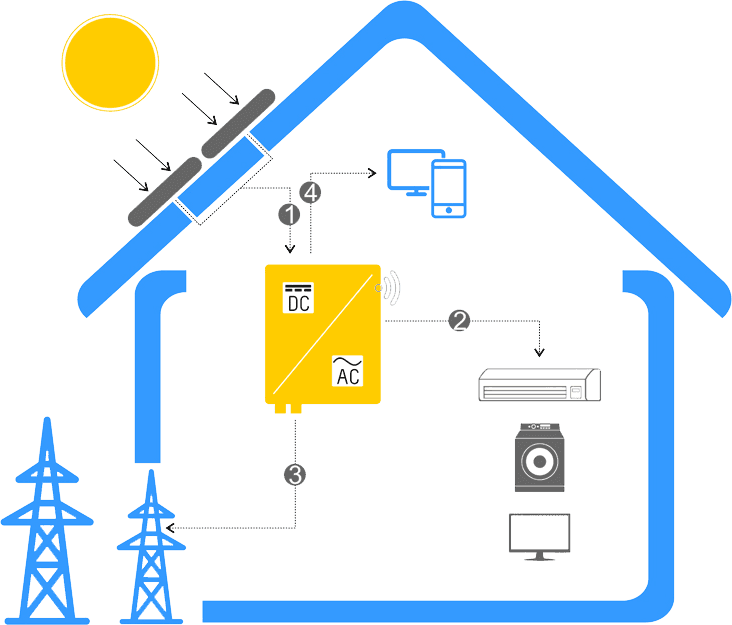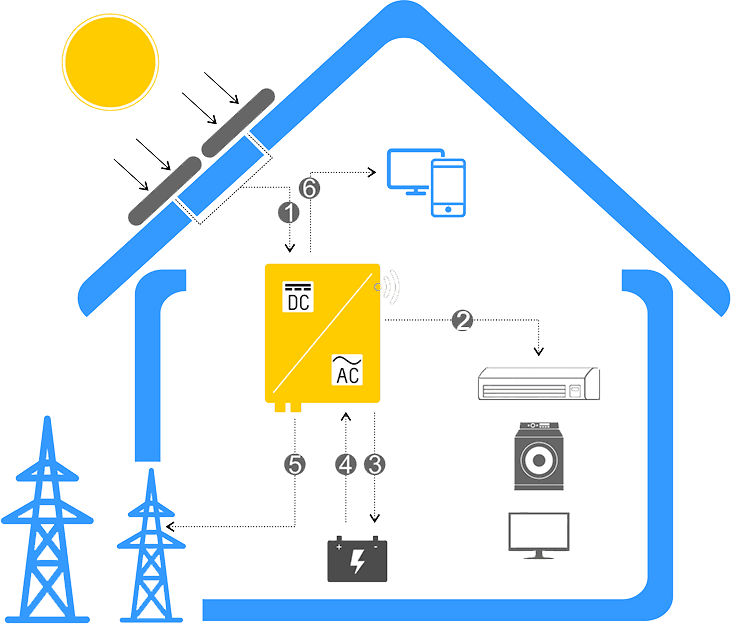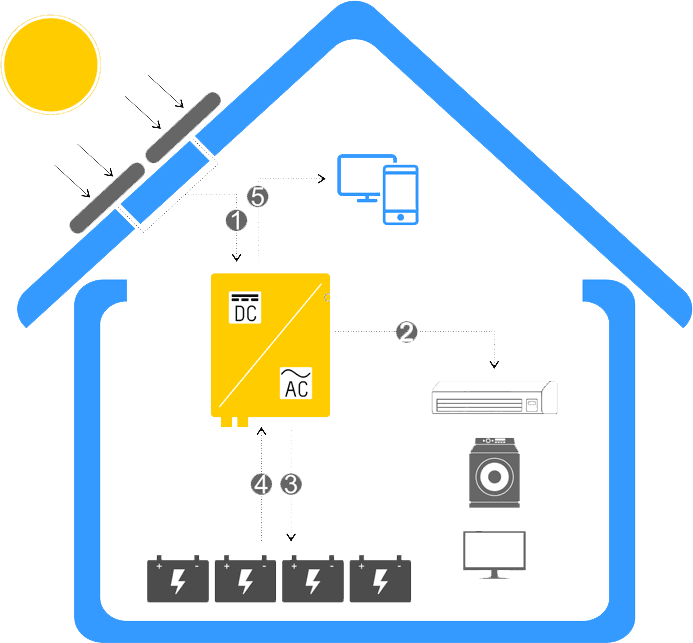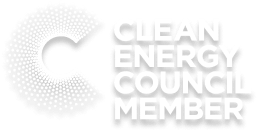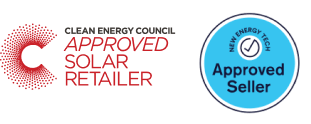Types of Solar Power Systems
There are three primary types of solar power system for anyone getting into solar to consider. The first are grid-tied systems that contribute to, or use energy from, the utility grid. The second are off-grid systems that are designed to provide a more self-reliant option and third are standalone solar system or off grid solar systems that has no connection to the Grid, and in place of the Electricity Grid supplying your power at night and on very cloudy days you use a bank of batteries to draw power when there is little or no power being generated from your solar panels. This system is generally used by people who have been quoted a very high price to connect to the grid generally because they are in remote locations.
Just how does sunshine become electricity? Here’s an overview of the solar energy facts, the process, and the equipment that can help you generate your own clean, more affordable energy.


